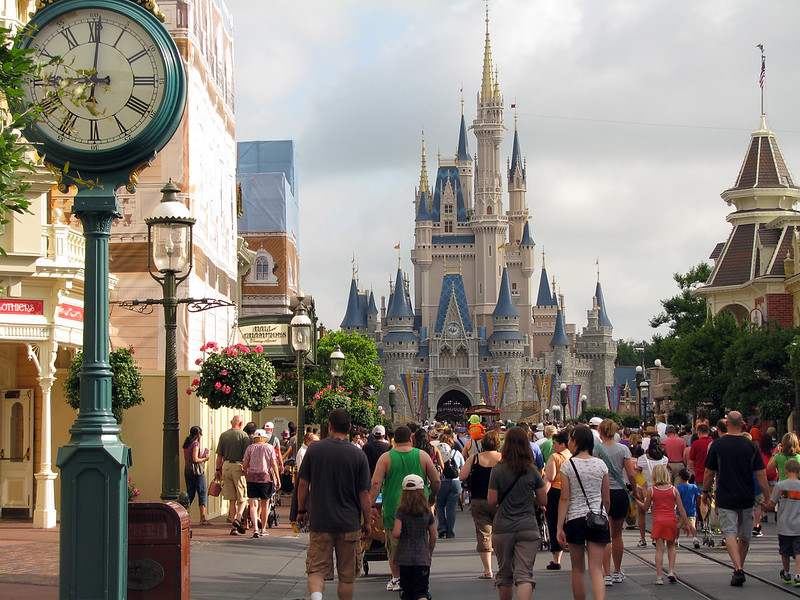
Why attraction reservation technology is not the same as tour reservation technology
October 23rd, 2020
by Alex Bainbridge
Part of the global shift from serving international tourists to local residents has been a shift of product makeup from tours to attractions.
To better inform why this is not easy, or even sensible, if you are a tour reservation platform, I thought I would jot down what the key differences between a tour and an attraction (such as a museum entry) are:
- People search for attractions by name (e.g. Eiffel Tower), but tour by type (e.g. bike tour)
- Attractions (pre-covid) tend to have high availability and long opening hours, tours are specific times & low availability per instance
- Attractions are singular – so to edit content on 8 OTAs, requires 8 edits. A much smaller tour operator, with 20 tours, to edit on 8 OTAs, would require 160 edits
- Attractions yield by price, tours yield by class
- Attractions are static (e.g. can be placed on a map), tours tend to be place to place
- Attractions are unique, tours can be replicated by near competitors over time
- People like me think we can replicate a tour using AI tour guides, but we can never replicate an attraction, we can only retail an existing attraction
- Attractions can be iconic within a region (e.g. the Eiffel Tower), tours are rarely iconic, although tours can take you to iconic places
- Attractions are pre-dominantly self guided (you walk around the zoo yourself), tours are pre-dominantly human guided (currently!)
- Attractions are fairly static over time, tours churn (with individual tour operators delisting 10% of their tours annually, and creating new tours based on new customer behaviours)
- A retailer can say “we have all the attractions” in a region, but a retailer can never say they have all the tours, as people are always inventing new tours
- Attractions tend to be high volume low price, tours tend to be low volume higher price
- Attractions are immutable, tours tend to be made up of segments (e.g. location one followed by location two). These segments can be reordered based on customer or commercial demands
- Domestic market will book attractions but its mainly international tourists who book tours (as a general rule)
- Locals often visit the same attraction again and again, but rarely do the same tour again and again
- Attraction directors don’t always see themselves as in the travel industry, tour operators mostly see themselves as in the travel industry
The only similarity between tours & attractions seems to be that both compete for a humans time when in a destination – e.g. how should I best spend 4 hours on Saturday?
It’s very hard to do anything that crosses both attractions AND tours – by this I mean marketing, reservation technology or conferences. Industry people who are interested in one often have no interest in the other.

This content is protected by copyright. Link sharing is encouraged but duplication and redistribution is illegal


If you have more to add to this list, come and chat on LinkedIn!
https://www.linkedin.com/posts/alexbainbridge_why-attraction-reservation-technology-is-activity-6725311542180491264-po77